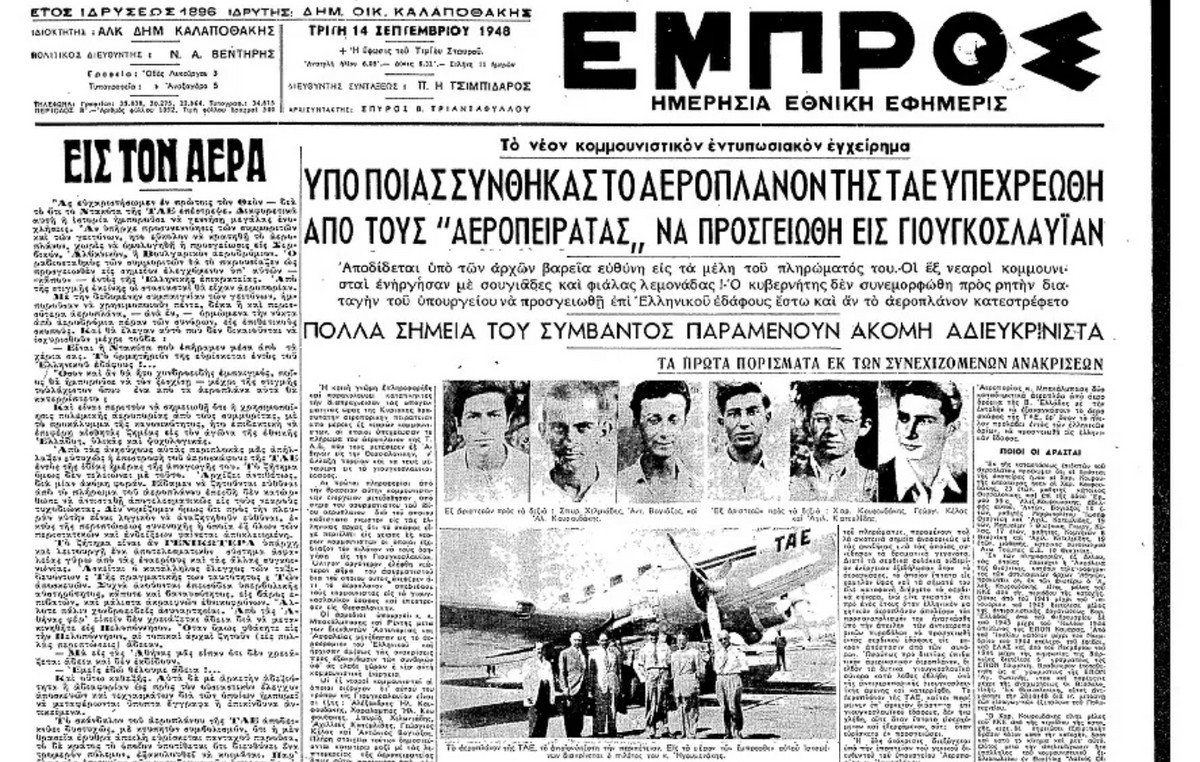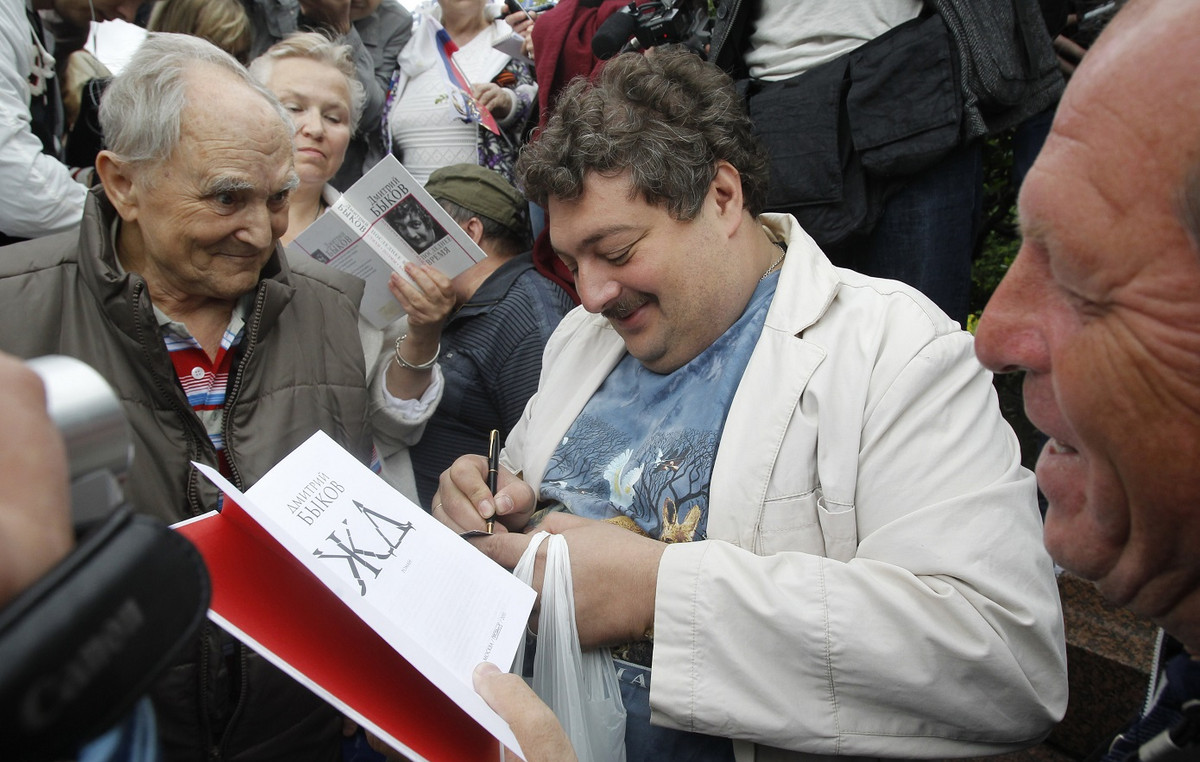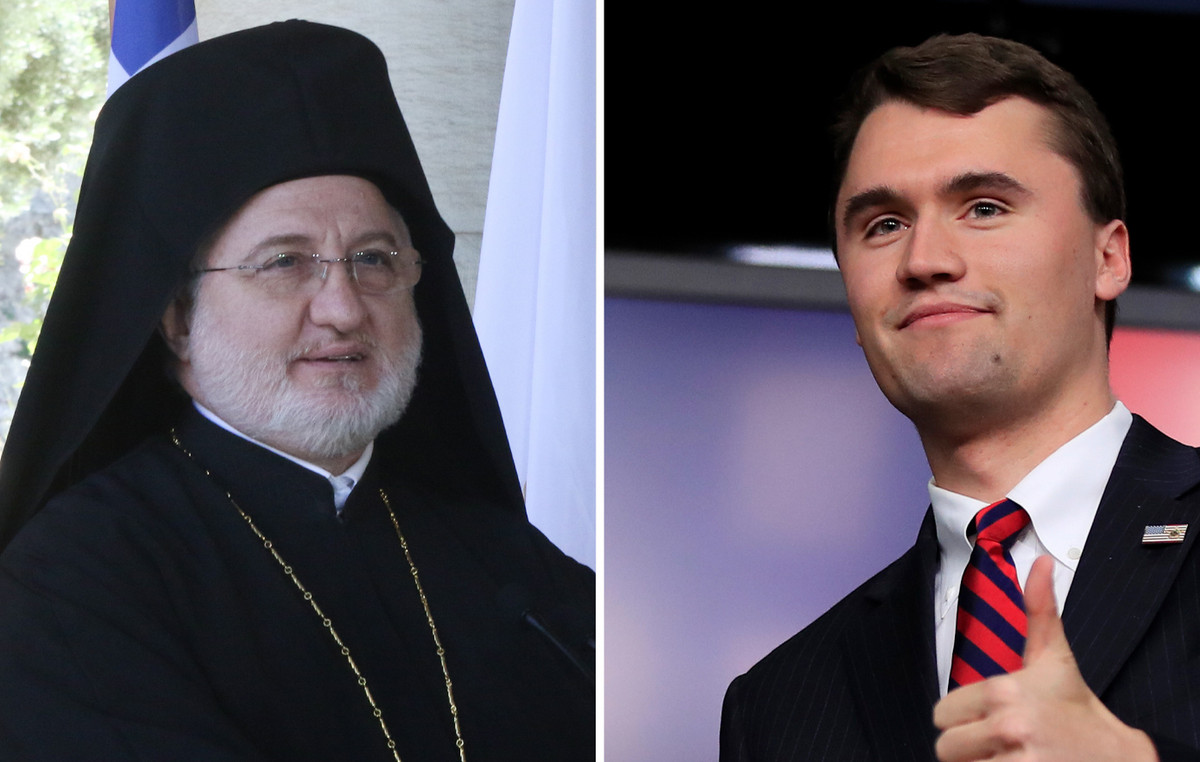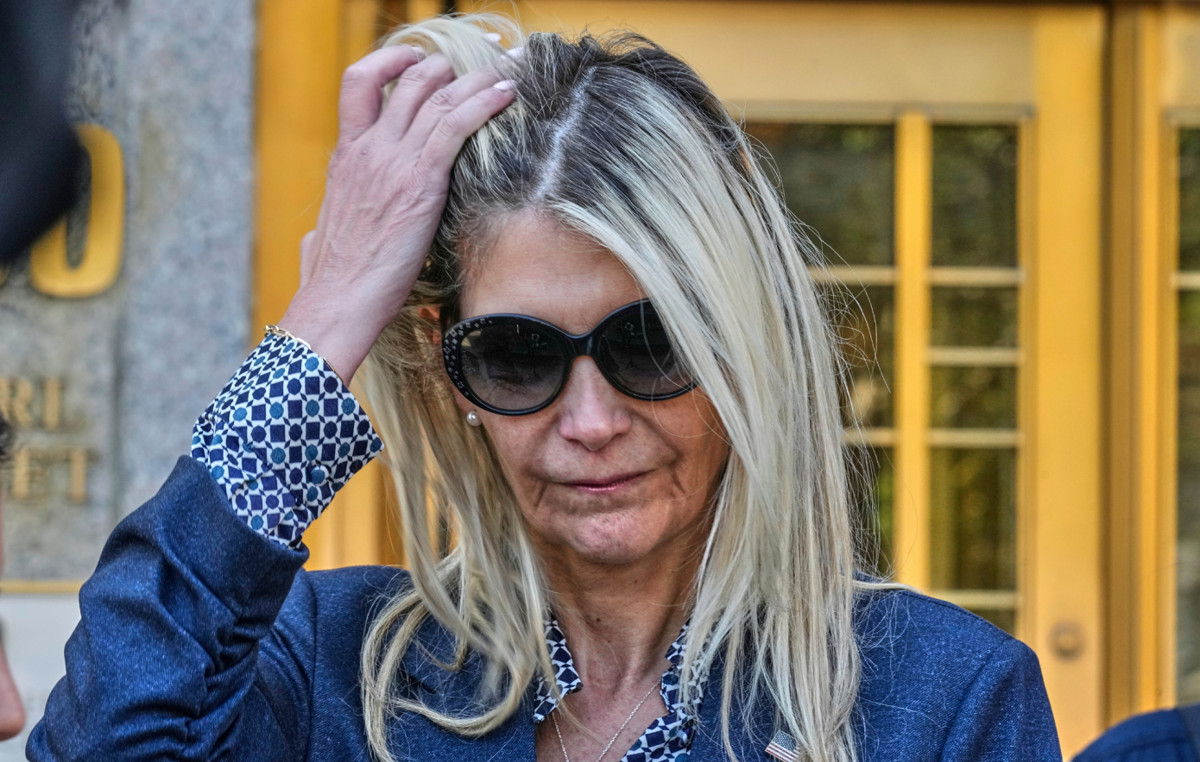The main index of the Brazilian stock exchange closed down 0.65% this Tuesday (28), amid a mixed external scenario and influenced by the fall of Vale’s shares, in the wake of the devaluation of iron ore. The session was again of low liquidity.
The mining company was the main negative contributor to the index, while JBS was at the opposite end.
The Ibovespa ended the day at 104,864 points. The financial volume was R$ 14.7 billion. In the first trading sessions of the month, the amount was between R$ 27 billion and R$ 33 billion.
The lessening of fears with the Ômicron variant of Covid-19, combined with end-of-year optimism, supported stock exchanges in Europe on Tuesday.
The Ibovespa has not been blindly following the good mood of international markets and has only increased in the last four trading sessions. Analysts highlight internal issues such as the rising interest rate cycle underway in Brazil and political and fiscal uncertainties as factors that limit the index.
On the fiscal scene, the delivery of positions by auditors from the Internal Revenue Service is on the market’s radar, in the wake of approval in the 2022 Budget Congress, with a reserve of R$ 1.7 billion to readjust police salaries. According to Sindifisco, the release of these resources was possible through cuts in the revenue from the Revenue in 2022.
Against the more cautious scenario, the unemployment rate in Brazil dropped to 12.1% in the quarter ended in October, according to the Brazilian Institute of Geography and Statistics, compared to an expected rate of 12.3% in a Reuters survey with analysts .
Dollar
THE dollar closed practically stable against the real on Tuesday, in a session without major catalysts and with low liquidity due to the approach of the end of the year, with the global dissemination of Covid-19 and the fiscal health of Brazil on the investors’ radar.
The US currency in cash had a negative variation of 0.01%, to R$ 5.639 on sale, after changing sign several times during negotiations, going from 5.6210 reais at the minimum (-0.32%) to 5.6629 reais at the maximum of the day (+0.41%).
The highlight of the session, according to market participants, was the low trading volume due to the approaching end of the year, which would explain the currency’s swing seen earlier.
“It is important to confirm that we are in a week of extremely low liquidity in the financial markets, as it is the last of the year, and it ends up being difficult for us to have any ‘traction’ or movement that actually brings us to a new level,” Fernando Bergallo told Reuters, Director of Operations at FB Capital Foreign Exchange Advisory.
“We should end the year like this, despite the two trading sessions we still have this week.”
He stated that the movement in the local exchange market is in line with the international behavior of the dollar, whose index against a basket of strong rivals had risen slightly this afternoon, after spending much of the day near stability.
With this Tuesday’s performance, the dollar now accumulates an increase of 8.62% against the real in 2021, with only two trading sessions to go before the end of the year.
external scenario
Abroad, the climate was less concerned about the Ômicron variant of the coronavirus and its economic consequences, which gave some support to riskier assets such as European equities and some Latin American currencies such as the Peruvian sol and the Chilean peso.
The Mexican peso, an important pair of the real, had stability in the late afternoon of this Tuesday.
“The pandemic is being read as another one-off ‘wave’”, commented Dan Kawa, CEO of TAG Investimentos, in a blog, about the benign environment for assets considered risky, citing “more constructive short-term scenario, but with still high risks and long-term growth”.
Among the points of caution, he pointed to global inflation and the reduction of stimulus from large central banks.
Reference: CNN Brasil
I am Sophia william, author of World Stock Market. I have a degree in journalism from the University of Missouri and I have worked as a reporter for several news websites. I have a passion for writing and informing people about the latest news and events happening in the world. I strive to be accurate and unbiased in my reporting, and I hope to provide readers with valuable information that they can use to make informed decisions.







